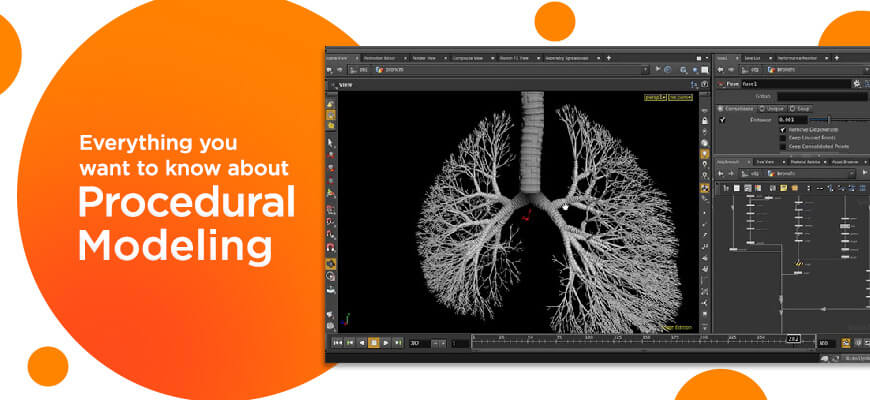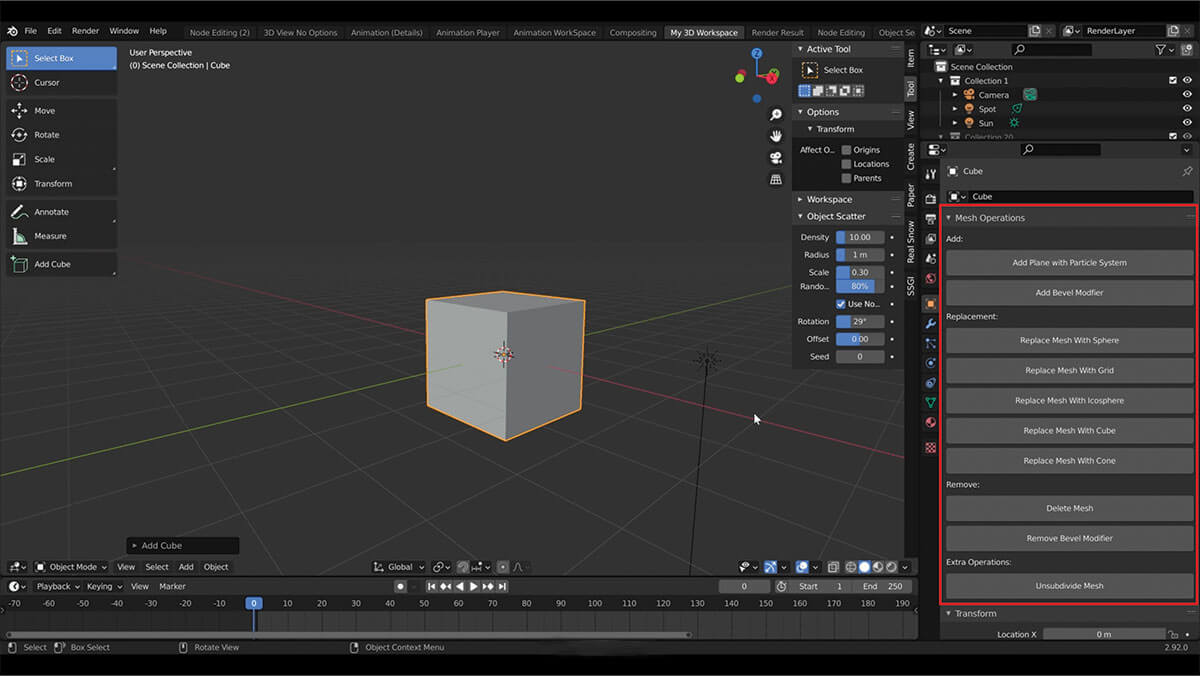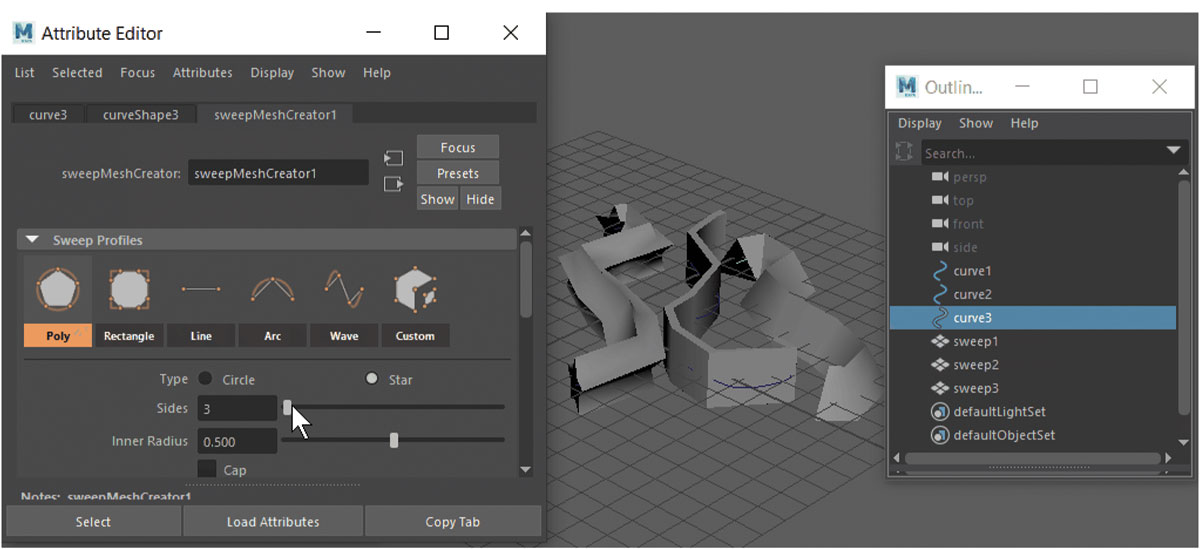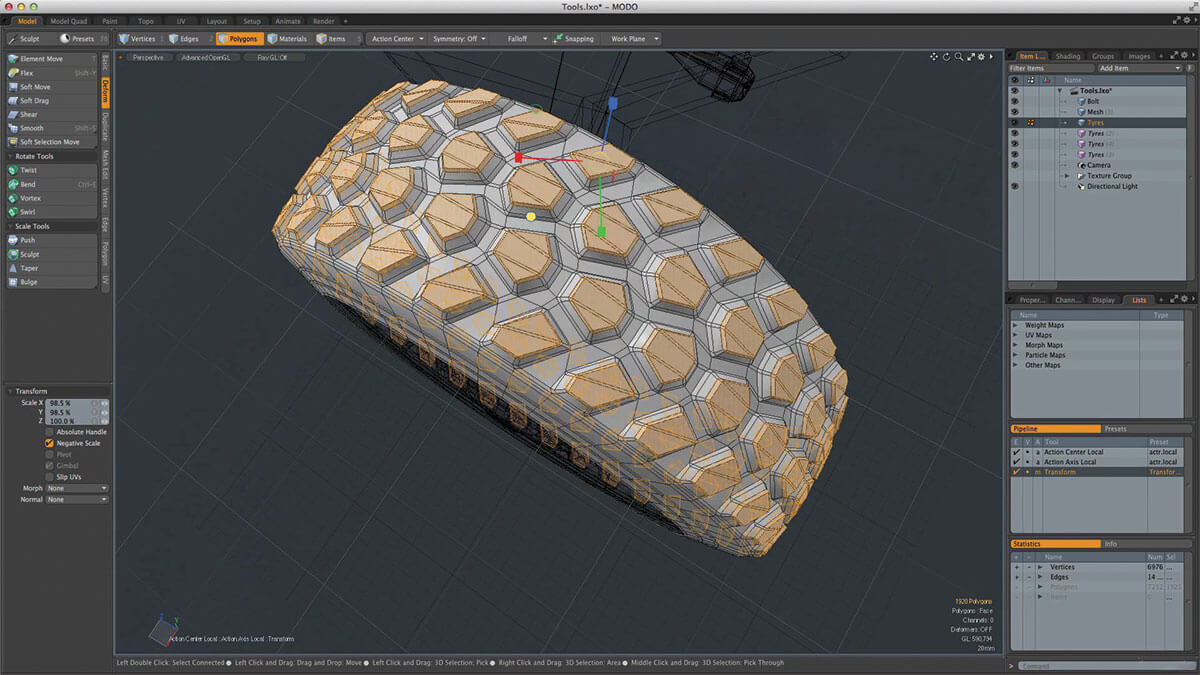Everything You Wanted to Know About Procedural Modeling
Computer graphics is a vast field. Numerous techniques are used for the creation of textures and 3D models. The rules’ sets used for creating them are collectively called ‘Procedural Modeling’. The rules set sometimes are integrated within the algorithm whose parameters can be configured. Sometimes the rules’ sets are not part of the evaluation engine.
The procedural modeling technique that use algorithms for creation of scenes include fractals, generative modeling, and L-Systems. The outcomes are known as procedural content. The content can be embedded within movies, used to drive computer gaming engines or can be displayed over internet. Manual editing of content is also possible.
The use of database amplification in procedural modeling allows usage of significantly lesser number of rules for generating large scenes. If you are receiving same output each time the algorithm runs, you need not store the output. In majority of instances, starting the algorithm with similar random seed can accomplish this.
In this modeling technique, the procedural models are created with the use of a rule set, and user input is not required to edit the model. This is similar to different 3D modeling techniques used by all 3D modeling software for managing and storing data via algorithms.
When the usual 3D modelers experience difficulties in the creation of procedural 3D models due to large size, this technique is used. The need for advanced procedural tools for the creation of complex models like architectural items, plants, etc.
What is procedural modeling?
Procedural modeling is a modeling technique that automates 3D model creation enabling the user to edit and change existing models without creating new models from scratch. The process is based on some defined sequence of rules, algorithms, or instructions that simplify the model creation process, not involving any manual process.

What are the advantages of procedural modeling ?
Procedural modeling offers many benefits. Meshes can be edited without destructing them. Modification, rigging and animation of the meshes can be done with topological editing. Certain portions of operation can be reverted or modified easily which prevent harm to remaining parts of operation.
The working of procedural modeling is similar to that of deformation system. Procedural modification is done to the base mesh within the mesh layer. This implies that when the mesh is edited, editing related operations are placed atop the base layer.
Every time the base layer is modified, the operations placed as layers on top undergo re-evaluation for generation of results. Since the mesh operations exist as layers, any particular operation can be changed with procedural modeling without impacting other operational layers.
Suppose there is N-sided curve primitive. You can apply Curve Fill as well as Smooth Shift to it without re-creating the mesh from start. When an operation in the layer is modified, re-evaluation of the operations on the top of this layer only happens. This makes the application of procedural modeling on the uppermost layer of the stack as quicker and efficient as carrying out a single edit to the base mesh.
Procedural modeling software can be accessed from the ‘Model and Setup’ layouts within the ‘Mesh Ops’ tab. Mesh operations and deformers are the two prime components of the procedural modeling system. The three important components of Mesh operations are ‘tool operations, sub-tools, and selection operations’.
What are the mesh operations in procedural modeling?
One of the key components of this technique is mesh operations. Characteristically, mesh operations share many similarities with deformers.
The major difference is that topology can be modified and the changes are not limited to mere alteration of the existing elements’ position. Changes are included in the evaluation system. A layer atop the Mesh Operations list represent the changes.
After the evaluation of mesh operations, you get an editable mesh upon which you can carry out any change. Mesh operations’ examples are curves and procedural primitives. Various mesh operations’ types are selection operations, sub-tools and tool operations.
-
Selection Operations
 Selection Operations
Selection OperationsThe operations related to procedural modeling along with their settings are maintained within the Mesh Operations list. To facilitate revising of the selection within the procedural stack, the selections need to be stored within the tool operations. With Selection Operations, you can enjoy the functionality.
You can associate with procedural tools and mesh operations with the selection operation item type. During the evaluation of procedural operation, evaluation of selection operation also occurs.
After that, you can get the target elements for carrying out mesh editing. Mesh element indices are used by the basic selection operation for defining the elements which have to be modified. These indices can be defined when you paint a selection within the 3D viewport.
Procedural selection can be defined using additional selection operations. This allows the mesh properties to delineate the target which has to be edited. You can understand this from an example. Suppose, you want to apply Polygon bevel to the cube. A Linear Falloff can be used for defining the elements to be affected.
The procedural selection operation can be made to spontaneously select entire array of mesh elements impacted by a falloff. Once you edit the base mesh, areas affected gets changed, and all operations which use that selection are changed for operating on different elements.
-
Sub-Tools
 Sub-Tools
Sub-ToolsIn Modo, you can avail of a fully featured and diverse modeling toolset. The Tool Pipe can be used for modification of the properties as well as procedural tools’ evaluation. You can combine a symmetry sub-tool, for example, with a transform operation for carrying out symmetrical transformation.
You can modify the mode of operation of mesh editing tool by associating it with sub-tools within the procedural modeling system. Text mesh operation, for example, can have Path Generator added as a sub-tool to make the text travel along the defined curve.
Different item types can also be evaluated as sub-tools using procedural modeling system. You can connect falloff items to the procedural tool whose evaluation can be done just like the falloff tool. Newer and distinctive operations can be created through combination of multiple sub-tools.
Tool Operations
 Tool operations
Tool operationsThe richly featured toolset of Modo is taken advantage of by the procedural modeling system for making available functionalities of different tools as procedural operations. Tool operations result from this.
The majority of modeling tools in use have already been transformed into procedural operations. The functionalities of these tools are spontaneously made available by different procedural mesh operations. Procedural tools can access the procedural Tool Pipe along with other sub-tools for modification of the behaviors.
This is not possible with standard mesh operation. Tool handles are also provided by procedural tools for enhancing ease of user interaction.
Related Article : Top 3D Modeling Programs You Must Know in 2024 (Free & Paid)
Deformers
Within the procedural modeling workflow, Deformers are integrated firmly. Managing of deformers take place through the same stack in which mesh operations are present. Mesh operations can be mixed for applying deformers after or prior to mesh operations
Hope that the article helped you to learn the basics of procedure modeling and all the related terminologies. This guide is a must for beginners or anyone who wish to know about this technology in detail. However, a good rule of thumb is to get detailed knowledge about the tools to implement this technique with perfection.
If you wish to learn about other 3D modeling techniques, you find the respective links at the end of this article. However, if you have a project to handle and you are not sure about implementing this technique, then outsource your professional 3D modeling services like us. ThePro3DStudio is a renowned company that is well-versed with procedural architecture to cover your project with ease. Reach us for more information.
Contact Us

